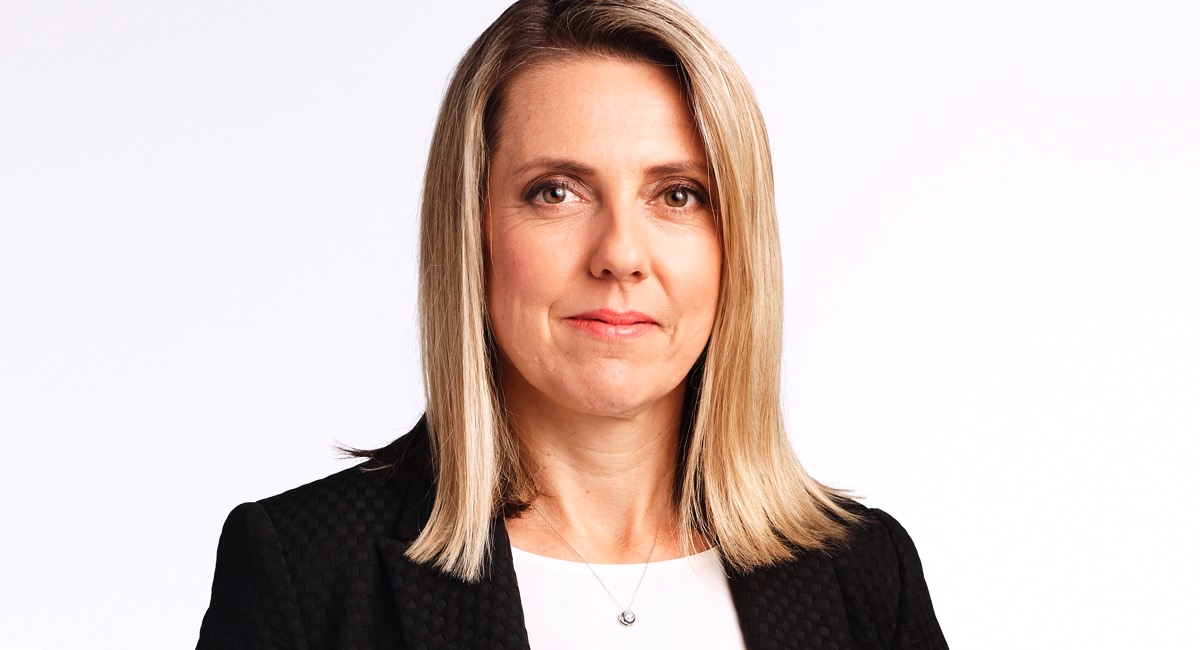The editor-in-chief of news.com.au Kate de Brito has been in a long-term relationship with News Corp Australia. She recently took a one-year break from this relationship when she headed to Mamamia in 2016 as the editor-in-chief of the women’s network. But she didn’t stay away very long.
When she walked through the doors at News Corp’s HQ in her current role at the beginning of 2017, de Brito told Mediaweek it was like returning home.
“I’ve worked for News Corp for many, many years. I started my career as the copygirl for The Daily Telegraph and The Sunday Telegraph.”
Over time de Brito has worked for The Australian, The New York Post and also a number of magazines as a freelancer. She admitted that looking at her career history it would seem like she has ink running through her veins, but the love for digital awoke within her some time ago. That is when she took the opportunity to work for news.com.au.
In her time she has worked under enough newspaper and magazine editors to know how the role of a print editor is different from that of someone editing a digital news property.
“There are a lot challenges faced by both print and digital,” de Brito said. “In this day and age print editors are very concerned with the circulation of their product. Similarly, in digital, we have a very competitive market because it’s a crowded market. Our advantage on print is that we have access to information about what our readers do and don’t like.
“Our challenge is to constantly refer back to our readers and give them what they want. We try to bring them surprising new stories.”

While readers of news.com.au have broad interests, someone that has been pulling the crowds in recent times is the 45th president of the United States, Donald Trump. He has been a boon to news outlets globally. With so much published on him, will readers suffer from Trump fatigue?
“I hope not,” de Brito said. “Trump has been a blessing for us all. He certainly has captivated the interest of Australians. They don’t seem to be tiring of him yet.”
By the end of December 2016, industry body NewsMediaWorks declared that digital is now the preferred news media platform for those aged 18 to 54. In February 2017, Australia’s online unique audience hit 20 million for the first time. Nielsen revealed slight year-on-year growth across all key digital devices when comparing February 2017 with February 2016 – smartphones reported the highest growth of 5%.
Despite the growing trend of users accessing news destinations on mobile, desktop remains key for news.com.au.
“Desktop is a very important part of our audience, but like everyone else we have a growing mobile audience,” de Brito said. “We are getting traffic from a variety of sources like social media but our homepage is still a very crucial part of our audience traffic.
“Social media is a big driver of traffic as it is for everyone else in the industry. But we still find that the majority of our audience are coming to us through traditional means – our home page.”
De Brito said the argument is wrong that the home page holds no value in the social media age where audiences mostly consume media that is served to them. She said people may stay updated via social media and a content aggregation website like Reddit, but they are also keeping up with the stories from the day by visiting news.com.au’s home page.
News.com.au has been the #1 news site in Australia for a long time, according to the Nielsen Digital Monthly Ratings. The trend was disrupted briefly in July 2016 during the Australian federal election, which helped ABC News unseat the News Corp property from top spot. But the change was short lived with News.com.au back on top the following month, a place that it has not let go of since.
“We are always on our toes. Our aim is to stay #1 and to attract new audiences,” de Brito said. “We do not take our position for granted.”
The target market for news.com.au cannot be narrowed down, de Brito said. “We are a generalist and a populist website. It’s a big beast. We are a national website, so we have to be aware that a story which may have great local interest to one masthead may not interest our entire audience because they are across Australia and all age groups.
“We don’t have a core demographic. Our brief is to appeal to as many people as we can.”
Pulling content from News Corp mastheads
News.com.au spearheads News Corp’s news offering in digital. Each of the company’s newspapers has its own digital home as well. News.com.au produces its own stories and also pulls in articles from other mastheads.
The main difference between news.com.au and other masthead websites is that the former is 100% free, whereas the latter will have content locked up behind a paywall.
“Free content is something that is obviously free to share around the company. So there is never any issue around sharing free content. But they [the mastheads] are trying to attract subscribers with their locked content so we tend to leave that alone,” de Brito explained.
The sub-editor
Everyone seems to have an opinion about how many sub-editors still sit in newsroom checking every story before it is published online. With the size of newsrooms being cut down in the last decade, it is widely believed sub-editors are among the first to go.
The common excuse argued for this is speed. News organisations are required to push out stories almost in real time and update them with developments as they happen.
De Brito said, “There is a role of sub-editor. We have sub-editors working with us on our team. In digital media, it is a constant thing I hear that readers complain the rigour is not there as it may have been in print. It is definitely something that digital media has struggled with in the past because of the speed and volume of work that goes into most digital websites.
“We try very hard to ensure that our work is of good quality. We definitely have subs working on our team. Like most people, if we had our way we’d have more subs rather than less. At the moment we have a numbers of subs working for us. Our hope is that they are doing the job of proofing and providing accuracy in the stories.”
